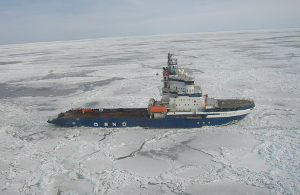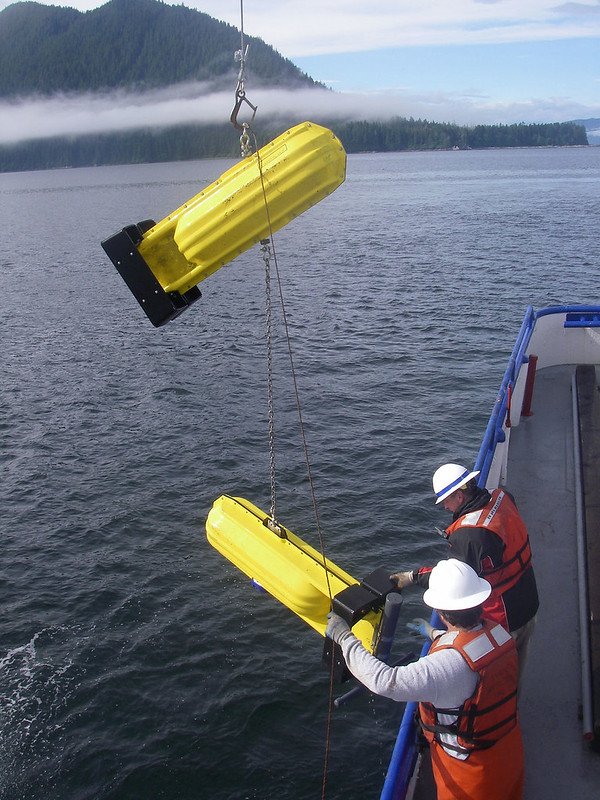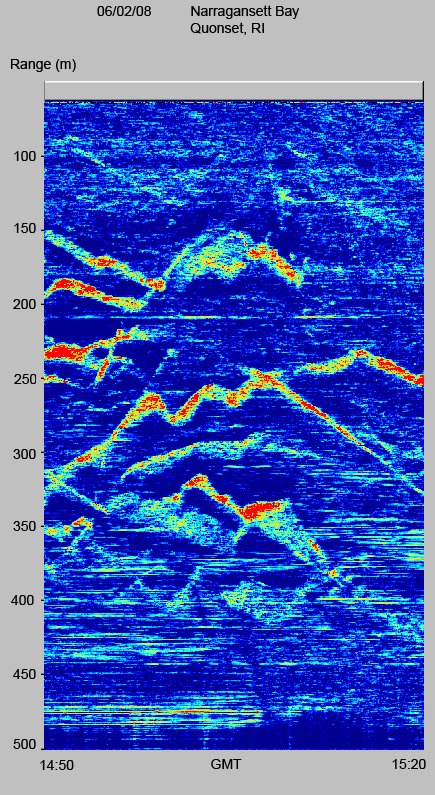Understanding vessel operations, sonar, and whale safety
Humpback whales near Stellwagen Bank
The grace of an enormous whale captures the attention of nearly everyone who’s ever seen one. These incredible creatures are the focus of tourist industries around the world and have captured the hearts of children and adults alike. Unfortunately, most marine mammal populations are fragile. One of the leading causes of death for the great whales is shipstrike and the goal of these regulations is to protect these animals from human impact (be it a death, injury, or even just a change in behavior). As the world looks to new technologies to assist in whale avoidance, it is important that it has no impact on the whales and the environment. Likewise as regulations evolve, operating vessels near whales requires a strong understanding of the regulations, a strict adherence to safe practices, and the effective use of the right technologies.
In the US, for example, the Marine Mammal Protection Act (MMPA) and the Endangered Species Act (ESA) are the primary pieces of legislation designed to protect these leviathans. The restrictions put in place by these laws vary from species to species and by location. However, in general, no vessels may approach closer than 100 yards (91.4 m) to any type of whale, no closer than 200 yards (182.9 m) to Southern Resident orcas, and no closer than 500 yards (457.2 m) to the endangered North Atlantic Right Whales.
Many other countries have similar regulations though the US may be considered to have the most robust protections. For the purposes of this article, examples following US regulations are used. However, the core concepts can be applied to regulations in other jurisdictions. As with any marine regulations, it is the responsibility of the vessel operator to ensure that they are operating with the laws and regulations for the waters in which they are operating.
Testing of an early prototype sonar in 2002
FarSounder’s early motivation for developing our 3D forward looking sonar technology came directly from an environmental point of view. We asked ourselves “How can we detect whales, to avoid vessel strikes” and “How can we help vessels avoid hitting rocks, to avoid causing oil spills”. One critical requirement of our technology development was that we must not create new problems for the marine environment while trying to resolve others. Therefore, it was necessary to ensure that our products would not negatively impact the marine mammals we were trying to help protect.
The solution we developed uses active sonar to look ahead of a ship, underwater out to navigationally significant ranges. Anything that uses a pressure wave to make a measurement is a sonar (and not only marine products operating in water, but even industrial products operating in air and other gasses and fluids). In the marine sector, there are many types of sonars operating at many different frequencies and power levels which are used in a variety of ways for a plethora of applications. In this article, we discuss the basics of marine mammal acoustics and explain how FarSounder ensures that the Argos navigation sonars are benign to marine mammals.
Argos 500 sonar detecting a wooden pier and mapping the seafloor
Many marine mammals use sounds to communicate, find food, and even navigate. The frequencies used by marine mammals vary from species to species. However, in general, the hearing range for the largest whales is below 40 kHz and the hearing range of the smaller toothed whale species (i.e. dolphins, orcas, false killer whales, beluga whales, harbor porpoises, etc.) can extend above 130 kHz to support a type of broadband vocalization called “clicks”.
Examples of the hearing thresholds for some marine mammals. Figure courtesy of Darlene Ketten, Woods Hole Oceanographic Institution and Harvard Medical School. From Discovery of Sound in the Sea website
Depending upon the frequency range, duration, and intensity, anthropogenic sounds (aka human generated noises) can impact marine mammals in a variety of ways including physiological damage, interference with their communications, interference with their ability to find food, and changes to their behavior. Fortunately, many scientists around the world have spent their careers studying these animals and have developed a fairly robust understanding of what is and isn’t harmful. Though, like any study of the natural world, it will never be complete and many are actively working to expand our understanding further.
In the US, the National Marine Fisheries Service (NMFS) is the federal agency charged with protecting marine mammals. Working in conjunction with a broad range of scientists, they have developed a set of technical guidelines for defining what constitutes violation of the MMPA and EPA in terms of underwater anthropogenic sound production. It is illegal to “harass” marine mammals without a permit and acoustic harassment is broken into two types: Level A which indicates a permanent harm and Level B which indicates a temporary change in behavior. The guidelines define acoustic noise levels and durations as a function of frequency and species type. This technical guidance is filled with tables and equations. Fortunately, NMFS has also created spreadsheet based tools to perform the required calculations. Using these tools, one can easily calculate the safe distance to various marine mammal species for a generated underwater sound.
FarSounder has always focused on developing products that are safe for marine mammals and which are equally (or more) benign than other commonly accepted marine sensors (i.e. echosounders). By using the guidelines and tools developed by NMFS, it is easy to evaluate these safety levels. For example, using a the characteristics of the loudest intensity and longest duration sounds generated by any of FarSounder’s product line, the safe distance range for Level A harassment is less than 0.02 m for Low-Frequency Cetaceans, Mid-Frequency Cetaceans, Phocid Pinnipeds, and Otariid Pinnipeds, and less than 4.1 m for High-Frequency Cetaceans. The safe distance range for Level B harassment is calculated at less than 91 m (<100 yards).
These calculations align nicely with the aforementioned vessel approach distances mandated by US law. Since no vessels may approach any whale closer than 100 yards, even if operating with its loudest intensity and longest duration signals, no FarSounder sonar will exceed the Level A or Level B harassment levels. Though a marine mammal may decide on its own to approach a vessel closer than 100 yards, if they are, the vessel and its sound emissions are clearly not causing a change to the whale’s behavior (i.e interrupting foraging or altering its course of travel). When partaking in whale watching activities, FarSounder users should turn off their sonar or set their systems to “standby” when whales are approaching the vessels at close proximity. This is analogous to guidelines stating that the vessels must put their engines into neutral when whales approach them closely.
Beyond just being benign to marine life, we want our products to be useful tools in helping all sorts of vessels avoid whale shipstrike. We have many anecdotes from customers reporting that they’ve successfully been able to detect whales underwater with our sonars. Like corals, icebergs, lost shipping containers, and rocky pinnacles, whales are a clear navigation hazard to yachts, cruise ships, coast guard vessels, research vessels, and even uncrewed USVs.
The topic of marine mammal detection is something that FarSounder’s engineering team has been working on for over two decades and they are actively involved in collecting engineering data on the acoustic reflectivity of various whale species. Our goal is to eventually add to the scientific knowledge about these incredible animals and provide quantifiable performance metrics for a variety of whale types in a variety of environments. Of course, all of our data collection efforts follow detailed plans to ensure that all environmental regulations are followed and that these efforts will not impact the creatures we’re trying to study. It is the entire maritime community’s responsibility to protect our precious marine resources and its sea life.









